As we explore the fascinating world of snakes, we can’t help but marvel at their unique and awe-inspiring defense mechanisms. From camouflage to venomous bites, snakes have evolved a variety of tactics to protect themselves in the wild.
First and foremost, one of the most effective defense mechanisms employed by snakes is their ability to blend into their surroundings. This is known as camouflage, allowing them to avoid detection by predators or prey. Some snakes can even change the color of their skin to match the environment they are in, making them virtually invisible.
Another strategy that snakes use to defend themselves is their impressive speed and agility. Some species are incredibly fast, able to outrun potential predators or strike quickly at prey. Others are very flexible, allowing them to contort their bodies into unusual shapes to avoid danger.
Of course, we can’t forget about the most infamous weapon in the snake’s arsenal – venom. Many species of snakes are venomous, and their bites can be deadly. Snakes use their venom to defend against potential threats, injecting the toxic substance into their attackers to incapacitate or kill them.
But not all snakes rely on venom to defend themselves. Some species have developed physical defense mechanisms to deter predators, such as spikes or ridges on their bodies. Others will puff themselves up to make themselves appear more prominent and intimidating.
In conclusion, the world of snake defense mechanisms is vast and varied. From camouflage to venomous bites, snakes have evolved various tactics to protect themselves from threats. It’s an impressive display of adaptability and survival instincts that we can’t help but admire.
Introduction
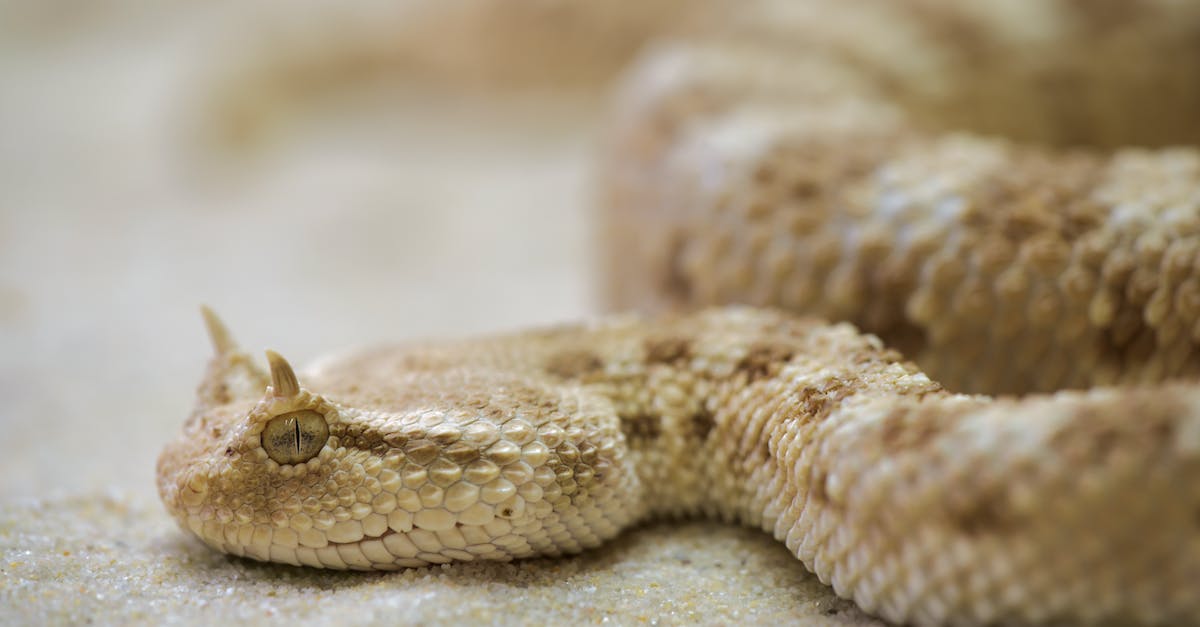
Welcome to the fascinating world of snakes! These creatures have been around for millions of years and have adapted various defense mechanisms to protect themselves from predators. Snake defense methods are intriguing and essential for survival in the wild. This article will look closely at some of the most common snake defense mechanisms.
- Camouflage – Snakes have evolved to have skin that mimics their environment. They can change colors or have patterns that help them blend into their surroundings, allowing them to hide from predators and ambush prey. Some of the most common types of camouflage include mimicry with leaves, sticks, or flowers. Some snakes, like the Gaboon Viper, have camouflage so good that they can disappear entirely into the ground.
- Warning/Defense Posture – Snakes often assume a defensive posture to scare off predators. When threatened, they will coil up their body, expose their fangs, and hiss. This posture shows that the snake is not an easy target and may attack if provoked. Some snakes, like the Cobra, can also spread their neck out to appear more prominent, making them seem larger and more intimidating.
- Venom – Venom is one of the most effective snake defense mechanisms. It’s a potent cocktail of enzymes and proteins that can cause severe tissue damage, blood clots, and even death. Venomous snakes like Rattlesnakes have a specialized gland in their mouth that injects venom into their prey or predators. Snakes can control the amount and type of venom they use, which makes it an incredibly efficient tool for self-defense.
- Camouflage and Warning Colors – Some snakes have brightly colored scales, which warn predators that they are venomous. This defense mechanism, known as aposematism, can also work as camouflage. The bright colors can help the snake blend in with their surroundings by appearing as poisonous food to predators.
In conclusion, snakes have evolved various intriguing defense mechanisms that allow them to survive in even the harshest environments. From camouflage to venom, these creatures remain one of the most fascinating and awe-inspiring creatures on the planet. Next time you see a snake in the wild, remember to appreciate its unique and efficient defense mechanisms.
-

Beaded Dragon Fan Exclusive: ‘Original Hipster’ T-Shirt – Wear Your Unique Style with Pride – Unisex t-shirt
£13.00 – £20.50 Select options This product has multiple variants. The options may be chosen on the product page -

Chinese Water Dragon Aquatic Mastery Tee: Dive into Elegance with Our Exclusive Reptile Enthusiast Shirt – Unisex t-shirt
£13.00 – £20.50 Select options This product has multiple variants. The options may be chosen on the product page
Camouflage
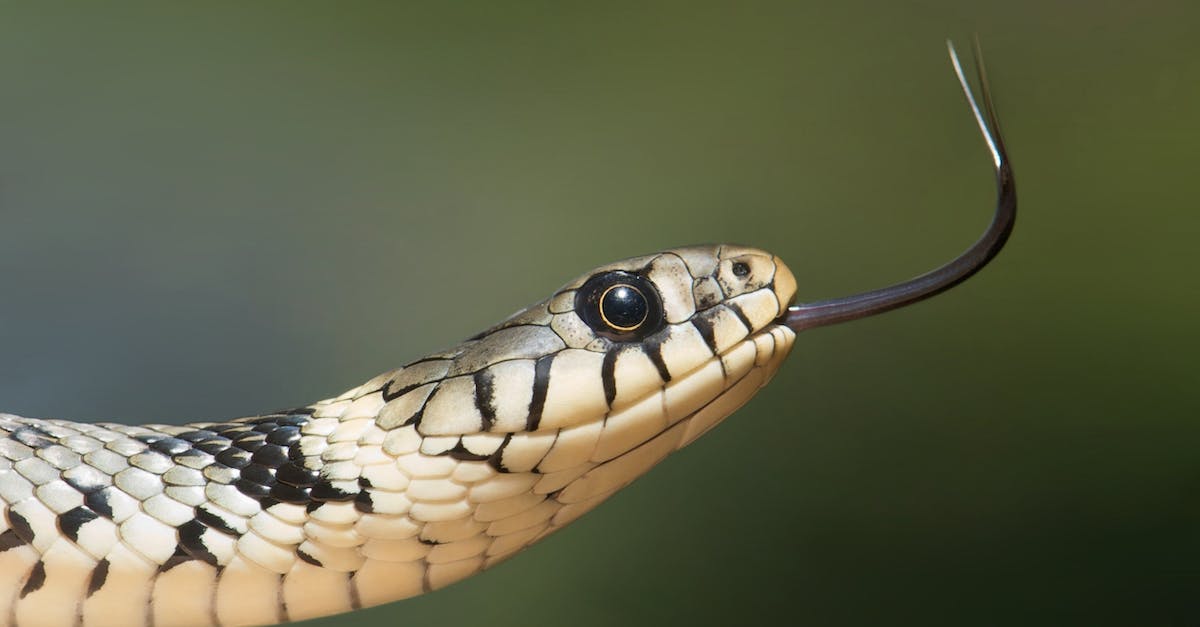
Snakes are fascinating creatures with various defense methods to protect themselves against predators. One of the most effective defense mechanisms is camouflage.
Camouflage is the ability of an animal to blend in with its surroundings, making it difficult to detect. Snakes use their color and pattern to blend in with their environment, which helps them stay hidden and avoid danger. For instance, some snakes have green scales that make them almost invisible in a grassy environment, while others have brown scales that resemble tree trunks or rocks.
But how exactly do snakes use their colors and patterns for camouflage?
Firstly, some snakes have patterns that break up their silhouette, making it harder to detect their body shape. For example, the diamondback rattlesnake has diamond-shaped markings on its body that resemble the pattern of fallen leaves in the forest. This makes it much harder for predators to spot and attack the snake.
Secondly, some snakes can change their colors to match their environment. This is called color morphing. For instance, the chameleon snake can change its skin color to match the color of the branch it rests on. This ability makes it difficult for predators to detect the snake, making it easier for them to avoid being attacked.
Lastly, some snakes use their colors to mimic other dangerous animals. This is called mimicry. The harmless kingsnake, for example, has a color pattern that closely resembles the venomous coral snake. This adaptation makes predators think twice before attacking the kingsnake, as they mistake it for the dangerous coral snake.
In conclusion, snakes use their color and pattern to blend in with their environment, making it harder for predators to detect them. Snakes can protect themselves and survive in the wild by breaking up their silhouette, changing their colors, and mimicking other dangerous animals.
Hiding
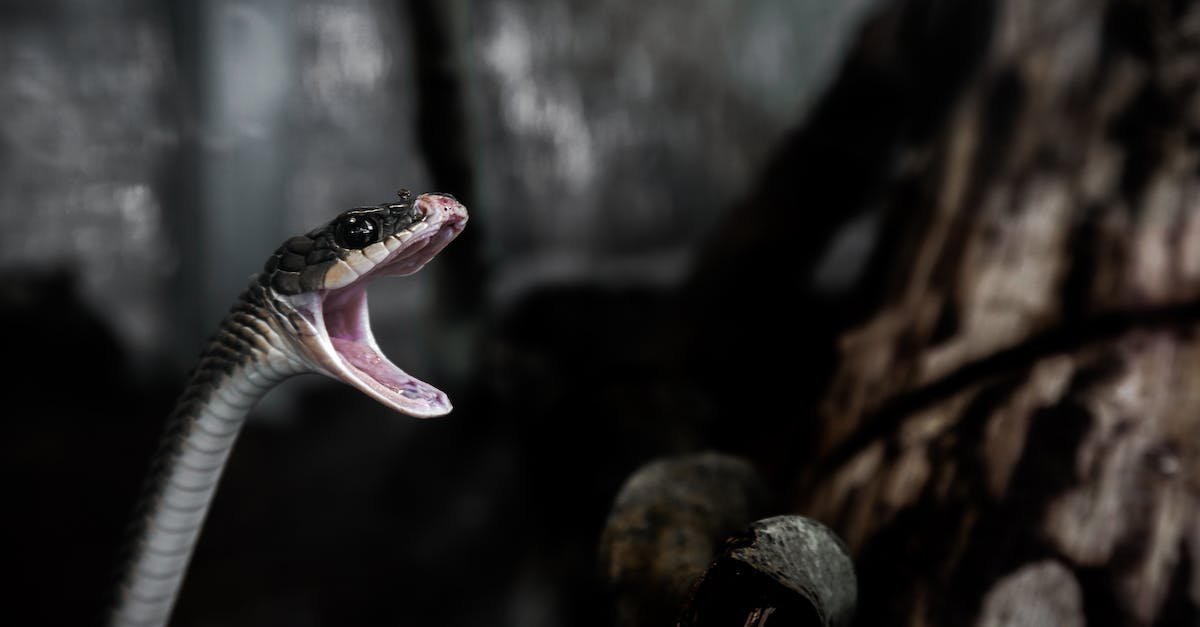
As we delve into snakes, one topic that cannot be ignored is their defense mechanisms. Snakes have a few tricks up their scaly sleeves when faced with a predator or threat. One of the most common and effective methods is hiding.
Snakes are capable of hiding in a variety of locations, ranging from rocky crevices to leaf litter. They blend in with their surroundings, using natural camouflage to remain hidden from sight. Some species of snakes, such as the green tree python, can even change their color to match their environment.
In addition to choosing the right location to hide, snakes use specific techniques to conceal themselves. They may flatten their bodies against the ground to minimize their visibility or tuck themselves into small spaces to reduce their profile. Some snakes, such as the sidewinder rattlesnake, will burrow beneath the sand to shield themselves from view.
Snakes also use their scent to remain hidden. They may rub their bodies against objects to transfer their scent and help them blend in with their surroundings. This helps them stay concealed and allows them to track prey without being detected.
It is important to note that while hiding is an effective defense method for snakes, it is not foolproof. Some predators, such as birds of prey, have keen eyesight and can spot even the best-hidden snake. In addition, certain snakes, such as the king cobra, have evolved to rely on their potent venom as a primary defense mechanism.
In conclusion, hiding is crucial in a snake’s defense mechanisms. By choosing the right location, using specific techniques, and relying on their sense of smell, snakes can blend in with their environment and remain hidden from predators. However, it is essential to remember that hiding is not without risks and that snakes must always be vigilant and prepared to defend themselves in other ways if necessary.
Disruptive camouflage
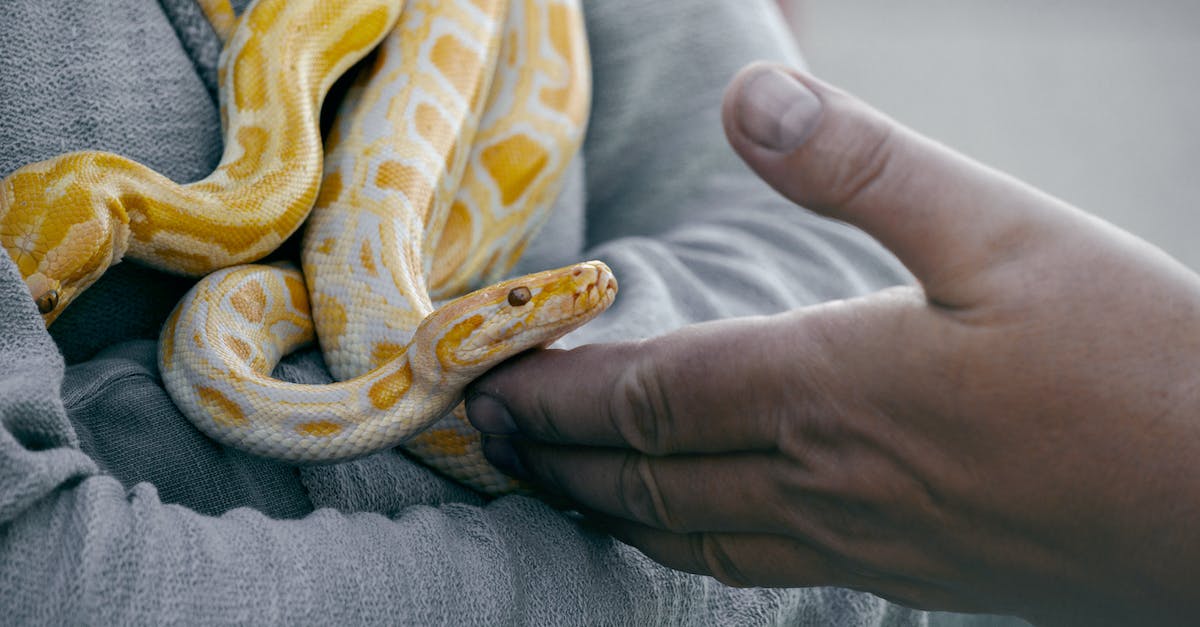
In the wild, snakes are masters of camouflage. They use their color and pattern to break up their outline, making it difficult for predators to spot them. This is disruptive camouflage, a defense method that has helped snakes survive for millions of years.
How exactly do snakes use disruptive camouflage? Here are a few examples:
- Blending in with surroundings: Snakes often have a similar color and pattern to their environment, making them harder to spot predators. For example, a brown snake in a pile of leaves will be nearly invisible to the naked eye.
- Changing color to match surroundings: Some snakes can change color to better match their environment. For example, the chameleon snake can change from green to brown to blend in with its surroundings.
- Distorting patterns: Snakes may have patterns that help break up their outline. For example, some snakes may have zigzagging patterns that create an optical illusion, making it harder for predators to get a clear view of their bodies.
Disruptive camouflage is just one of the many ways snakes defend themselves. With their ability to blend seamlessly with their surroundings, snakes have become adept at evading predators and remaining hidden from harm.
Playing dead
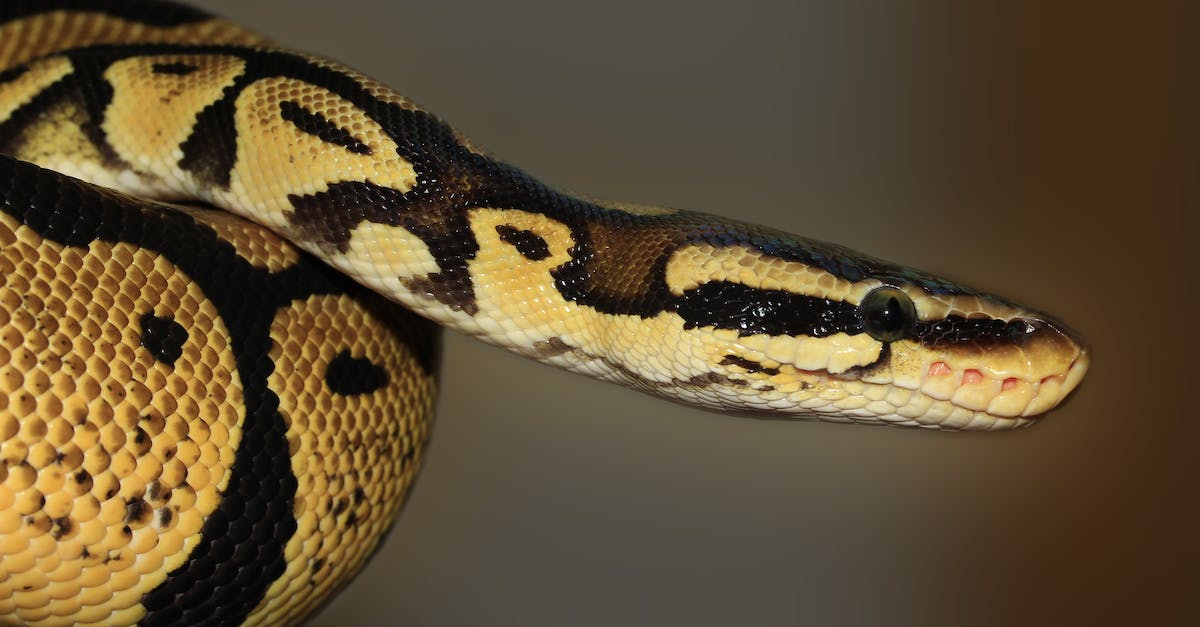
Welcome to the fascinating world of snake defense methods. Today’s focus is on a rather unique yet effective way of self-defense employed by some snakes – playing dead.
Playing dead, also known as thanatosis, is a tactic certain species of snakes use to deceive predators into believing that they are dead. The snake will go limp, stick its tongue out, and even release a foul-smelling odor to convince their predator further that they are dead.
But how exactly do snakes play dead? Here are some key points:
- Behavioral changes: When a snake decides to play dead, it will first undergo behavioral changes. It will stop reacting to stimuli and become completely still, with its eyes glazed over.
- Tongue extension: As part of the deception, some snakes will stick their tongue out of their mouth, mimicking the appearance of a dead snake’s tongue protruding from its mouth.
- Foul-smelling odor: Certain snakes release a foul-smelling odor as part of their thanatosis defense. The smell is designed to mimic the smell of decay and deter predators from attacking.
Playing dead is a highly effective defense mechanism for some snake species, but it comes with risks. Predators may still attack even if they believe the snake to be dead, and if the snake remains still for too long, it may miss out on opportunities to escape.
So next time you encounter a snake, don’t be fooled by its stillness and apparent lifelessness – it may just be playing dead!
Foul-smelling odors

David Attenborough once said, “The world of snakes is one of the most ancient and mysterious on the planet.” Snakes have evolved various defense mechanisms to protect themselves from predators, and one of the most interesting is their ability to produce foul-smelling odors.
Many species of snakes can produce these odors, which they use to deter predators and attract prey. The most common method of producing a foul odor is releasing musk, a liquid substance secreted from glands near the snake’s anus.
When threatened, a snake will tense its body and release the musk dispersed into the air. This musk has a pungent odor that can be unpleasant for predators (and humans) to smell and cause eye and respiratory irritation.
While the exact composition of snake musk varies between species, it generally contains a mixture of sulfur-containing compounds and other chemicals responsible for its distinctive scent. Some species of snakes, such as garter snakes, have even been found to produce different types of musk, depending on the situation. For example, they may make a more noxious musk when threatened by a predator and a more subtle musk to attract potential mates.
In addition to musk, some snakes have other ways of producing foul smells. For example, the hognose snake is famous for its ability to mimic the scent of a rotting carcass when threatened by contorting its body and releasing a cocktail of chemicals from its specialized saliva glands.
Overall, the ability to produce foul-smelling odors is just one of the many fascinating and unique adaptations that snakes have developed to survive in the wild.
Hissing

As we delve deeper into the world of snakes, we come across one of their most commonly known defense mechanisms – hissing. It’s a sound that can send shivers down your spine and leave you feeling uneasy. But have you ever stopped to wonder how exactly snakes hiss?
Hissing is a sound produced by snakes by forcibly exhaling air through their nostrils or mouth. It’s a warning sign that the snake is feeling threatened or agitated and a way to communicate that it’s ready to defend itself. Hissing sounds can be pretty intimidating and sometimes scare off potential predators.
So, how do snakes produce this iconic hissing sound? Well, it all comes down to their unique biology. Snakes have a small, slit-like opening at the base of their mouths called a glottis. The glottis allows air to flow in and out of the snake’s lungs when it breathes. But when a snake feels threatened, it will forcefully exhale air through the glottis, creating a hissing sound.
Interestingly, snake species produce slightly different hissing sounds, each with a unique tone and intensity. For example, smaller snake species like the garter snake have a higher-pitched and quieter hiss, while larger snakes like pythons produce a deeper and more booming hiss. Some even make a hissing growl, similar to a large predator’s.
Hissing is one of many defense mechanisms snakes use to protect themselves from predators. But it’s easily recognizable and intimidating to those unfamiliar with snakes. So, if you ever encounter a hissing snake in the wild, give it plenty of space and let it go about its business.
Biting

As one of the most feared creatures on the planet, snakes have developed many defense methods throughout evolution. One of the most effective of these methods is biting.
Snakes can bite with impressive precision and control thanks to their flexible jaws and specialized teeth. First, the snake will open its jaws as wide as possible to expose its fangs, which are hollow and filled with venom. Then, it will quickly close its jaws around its target, sinking its fangs deep into the flesh to deliver the venom.
Bites from venomous snakes can be extremely dangerous and potentially lethal, so knowing how to avoid them in the wild is essential. However, some essential tips can help keep you safe:
- Stay alert: Always be aware of your surroundings where venomous snakes are known to live.
- Wear protective clothing: When hiking or exploring in the wild, wear long pants and boots to protect your legs and feet from possible snake bites.
- Be careful when approaching snakes: If you see a snake in the wild, give it plenty of space and try not to startle it.
In conclusion, snakes have developed biting as an effective defense mechanism that allows them to take down prey or defend themselves against predators quickly. If you’re ever in the wild, taking precautions is essential to avoid being bitten by a venomous snake.
Venom

Welcome to the fascinating world of snakes, where the art of self-protection is taken to remarkable extremes. Snakes are known for their venomous bites, which can be lethal to some animals, including humans. Today, we will dive deeper into snake defense methods, focusing on venom production.
Venom is a complex biochemical combination of proteins, enzymes, and other molecules that snakes use as a weapon to subdue prey, deter predators, or defend territories. As one might expect, venom production is not easy and requires a lot of energy and resources from the snake’s body.
So how do snakes produce venom? The answer is that it depends on the species of snake. There are two main types of venomous snakes: vipers and elapids. Vipers, such as rattlesnakes and copperheads, have long, hinged fangs that fold against the roof of the mouth when the mouth is closed. When the snake bites, the fangs swing forward and inject venom into the prey. Elapids, such as cobras and coral snakes, have fixed fangs in the front of their mouths that deliver venom when the snake bites and chews on its prey.
Regardless of the type of snake, venom production is a highly regulated process. Snakes have specialized glands near their jaws that produce venom, which flows through ducts to the venom fangs. The production of venom is triggered by a combination of hormonal and neural signals initiated when the snake perceives a threat, such as the presence of a predator or the opportunity to catch prey.
Interestingly, not all snakes are venomous. Some non-venomous snakes, such as garter snakes and king snakes, have evolved to mimic the coloration and behavior of venomous species to deter predators. Some venomous snakes, such as the Gaboon viper and the inland taipan, have such potent venom that they do not need to bite often to secure a meal or protect themselves.
In conclusion, venom production is a critical component of snake defense methods. Snakes have evolved a sophisticated system that allows them to produce and deliver venom with precision and efficiency. While venomous snakes can be dangerous, they are also worthy of our respect and fascination as one of the many wonders of the natural world.
Predators
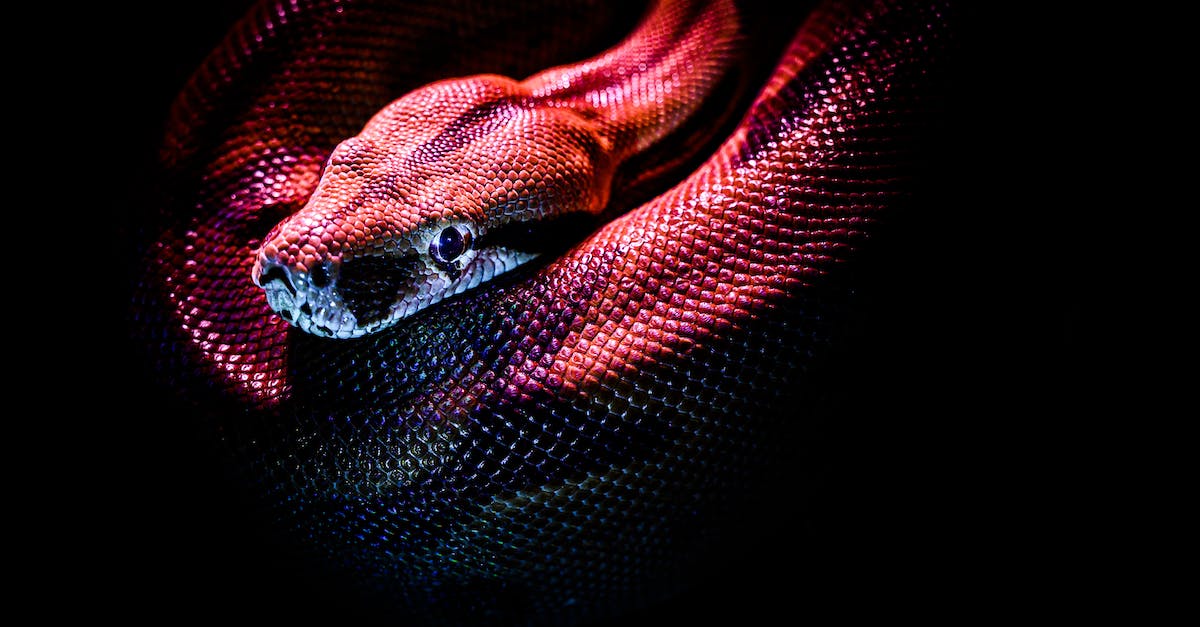
As any student of nature can tell you, few creatures are more fascinating or misunderstood than the humble snake. Despite their reputation for being dangerous or sneaky, these fascinating reptiles are some of the most intriguing examples of adaptation and survival in the wild.
First, let’s take a closer look at the predators of snakes. These can vary depending on the species and location of the snake in question. Still, some of the most common include birds of prey, large mammals such as coyotes or bears, and other predatory reptiles such as monitor lizards or alligators. Snakes have developed several creative defense mechanisms to keep themselves safe when faced with these threats.
One of the most well-known methods of snake defense is their ability to strike with lightning-fast reflexes. Snakes have incredibly sharp senses, including excellent vision and an acute sense of smell, which allow them to detect predators from a distance. When they feel threatened, they often coil up and prepare to strike, giving them a chance to defend themselves before the predator gets too close. Some snakes, such as the rattlesnake, even have a specific warning sound that they use to scare off predators.
Another common method of snake defense is to use their incredibly strong bodies to constrict or crush their attackers. Many species of snake, including pythons and boas, can wrap their bodies around prey or predators alike and squeeze with intense force. This can be enough to suffocate even large mammals or birds, making it an effective last-ditch defense mechanism.
Some snakes have developed even more creative methods of defense. For example, many species of venomous snakes use their deadly toxins to deter potential predators. These snakes will often give a warning bite if they sense danger, injecting their venom into the predator’s system and causing intense pain or even death in some cases. Other snakes, such as the hognose snake, use bluffing tactics to scare off predators by puffing themselves up, flattening their heads, and hissing or striking without making contact.
Overall, snakes are fascinating creatures that have adapted to survive in some of the most challenging environments on Earth. Their creative defense mechanisms are a testament to their ingenuity and resilience, and their role in the natural world is invaluable. Whatever your feelings about snakes may be, there’s no denying that these reptiles are some of the most fascinating and unique creatures on the planet.
Conclusion
In conclusion, snakes are masters of defense with various methods to protect themselves from predators and potential threats. From venomous bites and camouflage to body posturing and hissing, these clever creatures have a variety of strategies at their disposal.
One of the most effective ways snakes defend themselves is through their venomous bite. This allows them to incapacitate their prey or deter predators from attacking. Some species of snakes also have brightly colored patterns that warn potential predators that they are poisonous, providing an effective defense mechanism.
Another common method of defense for snakes is camouflage. Many species blend seamlessly into their surroundings, making them difficult for predators to detect. Some even mimic the appearance of other dangerous animals, such as poisonous frogs or venomous insects.
Body posturing is also an essential form of defense for snakes. Some species will raise their heads and puff up their bodies to appear larger and more intimidating, while others will flatten themselves against the ground to make themselves less visible.
Hissing is another effective method of defense for snakes. This behavior is often used to warn potential threats and can be combined with body posturing to make the snake appear even more menacing.
In short, snakes are fascinating creatures with various defense mechanisms that allow them to survive in a harsh and often dangerous world. Whether through their venomous bite, camouflage, body posturing, or hissing, these creatures have a range of practical strategies to protect themselves from harm.
